Today, the concept of
futures and
options is one of the
most frequently uttered in the market. Let's get acquainted with these financial instruments, give them concepts and consider the mechanism of their use.
Futures and
options are
derivatives, and they are also
called derivatives. When buying these financial instruments, the trader does not get the asset itself (stock, bond, etc.), but a
contract – an
opportunity to perform a purchase and sale operation in the future, at a fixed price. Simply put, a derivative is an insurance that protects the trader from possible adverse fluctuations in the price of the main asset
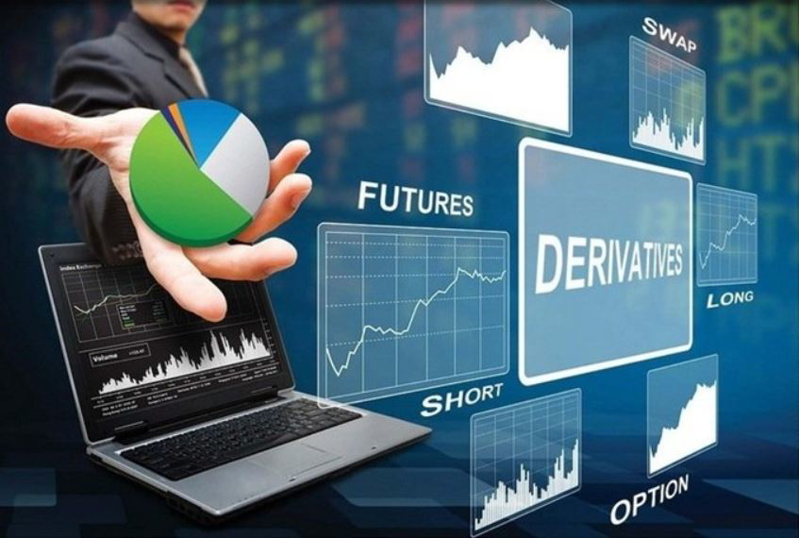 Little history.
Little history.Initially,
derivatives were created to reduce the possible risks of producers of certain assets in the form of goods.
Let's look at a simple example:Company A produces flour, which is its basic asset.
Today, on the conditional market,
company A can purchase
a contract for the sale of 10,000 tons of flour for $100, with a sales period of
3 months.
In fact,
after 3 months,
company A can sell its flour for a fixed $100, despite the fact that the
cost of flour may fall to $80. With this
contract, the company
predicts and fixes its income, which will be
$1,000,000, and the contract is
called - futures, a contract "for the future".
There is a
possibility that the cost of flour will
increase to $120 per ton, and in this case,
company A will receive
less than $200,000, since the market value of
10,000 tons of flour will be $1200,000.
The
buyer of such a
contract can be
company B, which is engaged in the production of bread, and therefore the market price of flour is also important for it.
A private trader needs derivatives in order to get a fixed price of a purchase and sale transaction, such as a stock or currency, as well as an asset that cannot be purchased by a trader, such as oil.
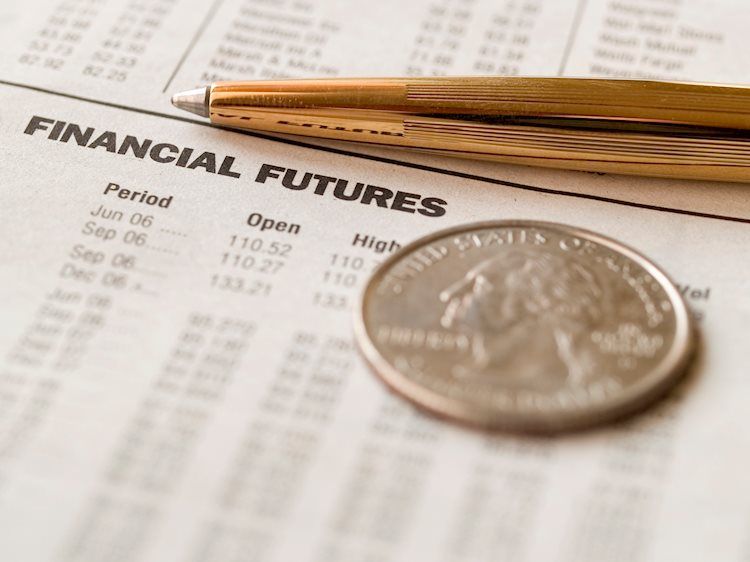
Let's talk about which
futures and
options are the most popular in the world right now. Today, the
most" popular " are
derivatives for
currency, stocks, precious metals, and oil.It is worth saying that a little more than 10 years ago, the purchase of a futures contract meant the delivery of a real asset, that is, in our case, the delivery of flour. Today, the lion's share of derivatives are non-deliverable, and on the day of the end of the contract, counterparties are paid in money.
Let's look at the mechanism in our example.So by the end of the contract,
company A must receive a fixed
$ 1,000,000 under the terms of the
futures contract, which must be paid by
company B.
Since their
derivative is non-deliverable, at the end of the contract period,
company A will not supply flour to
company B.
What's going on?
Company A displays the tonnage of flour on the
commodity exchange, with the possibility to
sell it to any company, including company B. the tonnage is received at a warehouse accredited by this exchange.
At the same time,
company B has the
opportunity to purchase its 10,000 tons set by futures from another company and receive them at another warehouse accredited by the exchange.

The price of flour may change, and may not be equal to the set price in the contract.
- Let the
price drop to $80 per ton. In this case,
company A sells its asset at
$80 per ton, receiving
$800,000, and the remaining
$200,000 is paid to it by
company B, so in
total, company A will receive $1,000,000.
At the same time,
company B will buy 10,000 tons of flour for $80 from another supplier, spending
$800,000, and with the amount of future compensation paid to
company A in the amount of
$200,000, its
total expense will be $1,000,000, as planned.
- If the cost of flour
increases to $120, in this case, the difference will be paid by
company A to company B.
Many novice traders have a question about the possibilities of trading options and futures in various markets, for example, stocks and bonds.
The answer is
Yes. However, there are
restrictions related to the duration of such contracts.
In our example – 3 months. If the contract was conditionally concluded in June, it ends in September.
The value of a derivative always depends directly on the value of the underlying asset, and the value of both instruments tends to be equal. Because of this dependence, futures and options are called derivatives.
Traders earn money using derivatives, for example,
on arbitrage transactions, but at the same time derivatives do not cease to play an
important role in hedging operations – insurance of transactions.
Let's take a closer look at the features of both financial instruments.Let's
start with futures.
Futures a contract that involves the sale of the underlying asset at a fixed price, with a set delay in execution-payment. Futures fix the purchase or sale price of the underlying asset at the expiration of the term, and the market value of the asset may change.
If the
futures contract is non-deliverable, then only monetary payments between the parties to the contract are made on it. It is worth saying that the delivery of the asset does not necessarily have to be made on time, in other things, as well as the purchase, but in this case there is a probability of price changes, and the risk of loss of profit.
Consider the mechanism for concluding a futures contract.The
contract is concluded exclusively on the exchange. The seller puts his offer on the exchange with its price, volume, and due date. After a buyer appears who agrees to these terms and conditions. The seller can also choose a ready-made request from the buyer, which has a set price, volume and deadline for execution.
This list of
applications is always present on the exchange, and applications often differ little. Any of the participants in the transaction sees this list and chooses the most suitable one for them according to the condition. This list is called a glass and is displayed in the program that traders use. The greater the depth of the glass, the more flexible it is possible to enter into contracts, viewing more offers and as a result choosing the most suitable conditions in the case of the buyer, and at the same time more likely to conclude a contract in the case of the seller. Some trading programs allow you to set the depth of order book,
for example,
Terminal, where you can set your desired depth. The order book in the Terminal program is shown below.
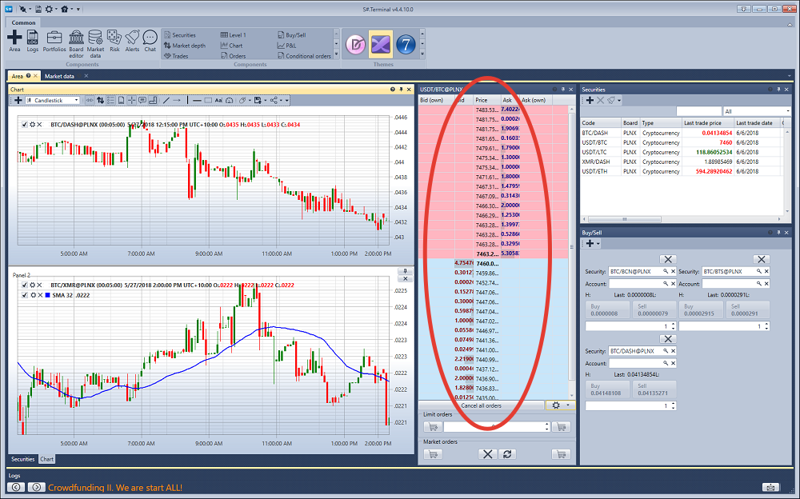 Obligations to execute futures are transferred to the exchange.
Obligations to execute futures are transferred to the exchange.When the date of execution of the futures contract and the conditions under which the seller will be obliged to pay remuneration (if the price of the asset has fallen), the exchange itself transfers the amount to the seller's account and withholds this amount from the buyer's account. If there is a situation that the buyer's account of the contract does not have the necessary amount, then this will be a problem that will be solved by the exchange, not the seller.
The situation is the same in the opposite case if the seller must pay compensation to the buyer.
The exchange carries risks, so before entering into contracts, both parties make a cash Deposit calculated according to the exchange's formula. Most often, its value can be double the
size of the fluctuation of the futures price in one day. So if the price fluctuation was
3 %, then the collateral may be
6% of the price of the futures contract.
The Deposit is refundable, and is returned to the account of the parties after the execution of the futures. If the participant refuses to fulfill the contract, the Deposit will be deducted from the exchange's account as compensation.
Sometimes there is a need for early termination of the contract, in which case its value will be equal to the value calculated by the exchange on the day of termination. That is, the exchange calculates the price of the contract on a daily basis, while it uses its own rules for calculating the cost, but focuses on the prices that are offered on the market by bidders.
As mentioned earlier, the price of the futures is slightly lower than the value of the underlying asset, but the difference is small. Sometimes there is a short-term gap that is associated with market situations, which allows you to earn using an arbitration transaction.
You can also make money on futures during the day. So the exchange recalculates the price of the futures, respectively, every day, when its price increases, it charges the difference between the value of the contract and its current value, while the amount of collateral also increases.
When the contract execution time comes, the price of the futures becomes equal to the market value of the asset.
In General, we can say that a futures contract is a convenient financial instrument that allows you to reduce financial risks. At the same time, speculative operations with this tool are quite complex and, often, it is possible to make money on them using automated tools, such as trading robots. For example, the trading robot
"Edward".The next financial instrument is an option.This is also a
contract, but not for the amount of the sale or purchase, but
for the opportunity to buy or sell the underlying asset at a fixed price at a specified time.
By type of transaction options are:- Call option – an option to purchase;
- Put option – a sell option.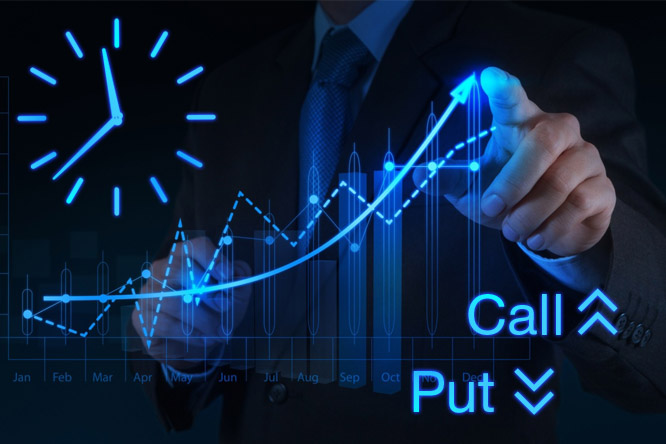 Option contracts are also traded only on the stock exchange.
Option contracts are also traded only on the stock exchange.The participant who bought the option has the right to refuse the transaction at any time if it is not profitable for him, while the seller of the option has no right to refuse it.
Thus, if the buyer uses the right of the transaction, the seller is obliged to fulfill it.
This
condition makes this financial instrument very difficult for an inexperienced user, and allows him to trade confidently using various
trading robots or
trading systems, coupled with the ability to predict possible market situations.
An option can be said to be insurance against possible losses. In case of refusal, the buyer loses an amount equal to the value of the option, which is insignificant in comparison with possible losses. This amount is the seller's premium.
Considered example:Trader A purchased
100 shares of
Trend LLC at
$10 per share. He plans to sell these shares in
2 months.
Trader B offers him an option contract for the sale of
100 shares of the
Trehd LLC, with a period of
2 months for the price of $15 per share. The
option price is $100.
Let's assume that the transaction took place, let's consider two possible scenarios:
-
Let's assume that the price of the Trend company's shares fell to $7 per share by the time the option was exercised. In this case, trader A will not only not lose, but also earn.
$1500 (optional sale) - $1000 (initial costs) - $100 (seller's premium) = $400 -profit
.
- L
et's assume the share price has increased to $17 per share. Thus, the trader had to waste
$100 on the purchase of the option.
$1700 (optional sale) - $1000 (initial costs) - $100 (seller's premium) = $600 -profit
.
And without the option, the profit would have been $700.
An option, like a futures contract, is a non-deliverable contract. If the buyer uses the option, the seller will simply pay the difference between the current price of the asset on the market and the option price.
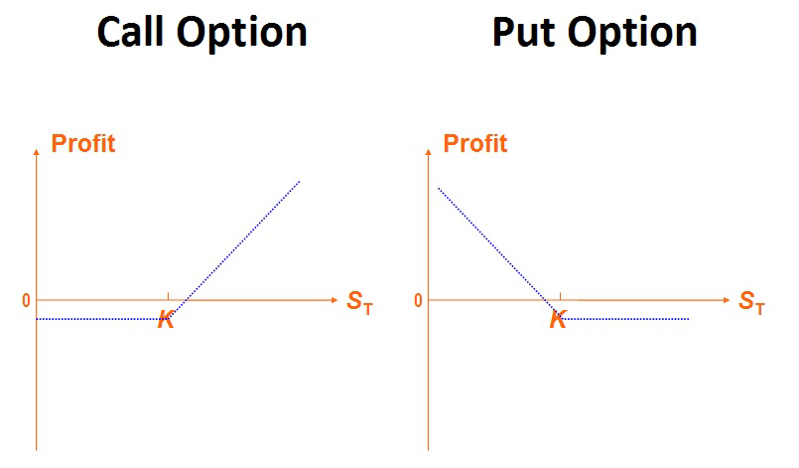
As mentioned earlier, trading on the stock exchange using options is quite complex, and a market participant needs to be able to predict situations. For
call options, you must set a price that will be lower than the expected price after a set period, for a put option, on the contrary, higher than the expected price.
Option prices are calculated using statistical data on fluctuations in the asset value. Many users are helped in this by various programs, trading strategies, and trading robots that calculate situations using market data. which for example can be obtained in
Hydra.
The one who
sells the option is exposed to greater risk, its profit is the value of the option, and the loss is unlimited, as it depends on the price fluctuation.
Any transactions with derivatives are associated with various risks. The task of the trader is to choose the optimal solution, including the choice of an asset, a trading platform, a strategy, and a trading robot. Manual trading does not bring the necessary income on speculative transactions, so
working with trading robots makes the trader's work profitable if the conditions are chosen correctly.